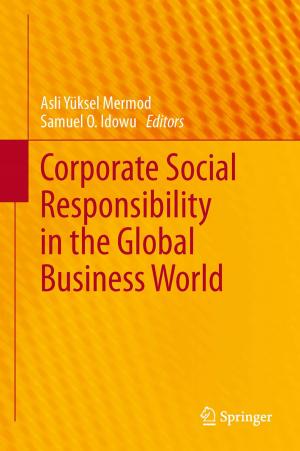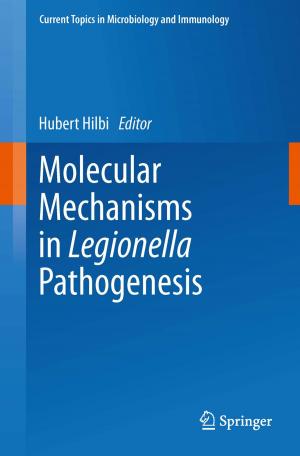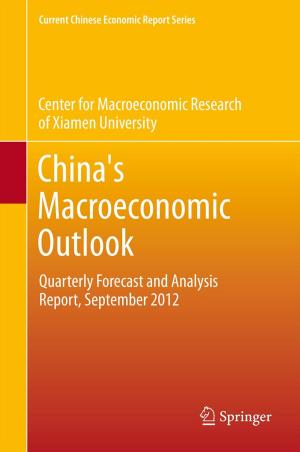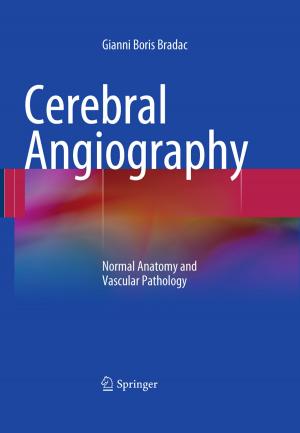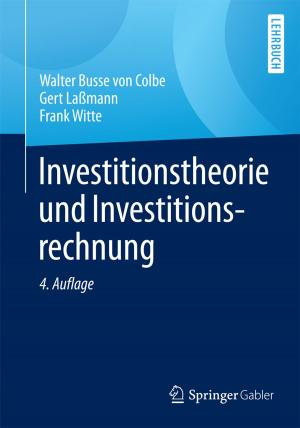New Aspects in the Diagnosis and Treatment of Hodgkin’s Disease
First International Symposium on Hodgkin's Lymphoma in Cologne, October 2-3, 1987
Nonfiction, Health & Well Being, Medical, Medical Science, Immunology, Specialties, Oncology| Author: | ISBN: | 9783642837814 | |
| Publisher: | Springer Berlin Heidelberg | Publication: | December 6, 2012 |
| Imprint: | Springer | Language: | English |
| Author: | |
| ISBN: | 9783642837814 |
| Publisher: | Springer Berlin Heidelberg |
| Publication: | December 6, 2012 |
| Imprint: | Springer |
| Language: | English |
In the field of Hodgkin's lymphoma, many new data have been collected during the last decade both on the cell of origin of this disease and on more effective therapies to cure the majority of pa tients even in the advanced stages. Therefore, it seems to be justi fied to compile these new data in a special volume of Recent Re sults in Cancer Research. This volume summarizes the contribu tions presented at the First International Symposium on Hodgkin's Disease that took place in Cologne (FRG) on October 2-3, 1988. There is little doubt that the Hodgkin and Reed-Sternberg (H and RS) cells and their variants represent the malignant population in Hodgkin's lymphoma; however, there is still a fierce debate as to the possible cell of origin of Hand RS cells. Many of the problems confounding earlier research into this question were related to the difficulty or virtual impossibility, of obtaining purified populations of Hand RS cells. Most of the recent progress stems from the establishment of permanent cell lines of Hand RS cells in culture.
In the field of Hodgkin's lymphoma, many new data have been collected during the last decade both on the cell of origin of this disease and on more effective therapies to cure the majority of pa tients even in the advanced stages. Therefore, it seems to be justi fied to compile these new data in a special volume of Recent Re sults in Cancer Research. This volume summarizes the contribu tions presented at the First International Symposium on Hodgkin's Disease that took place in Cologne (FRG) on October 2-3, 1988. There is little doubt that the Hodgkin and Reed-Sternberg (H and RS) cells and their variants represent the malignant population in Hodgkin's lymphoma; however, there is still a fierce debate as to the possible cell of origin of Hand RS cells. Many of the problems confounding earlier research into this question were related to the difficulty or virtual impossibility, of obtaining purified populations of Hand RS cells. Most of the recent progress stems from the establishment of permanent cell lines of Hand RS cells in culture.


